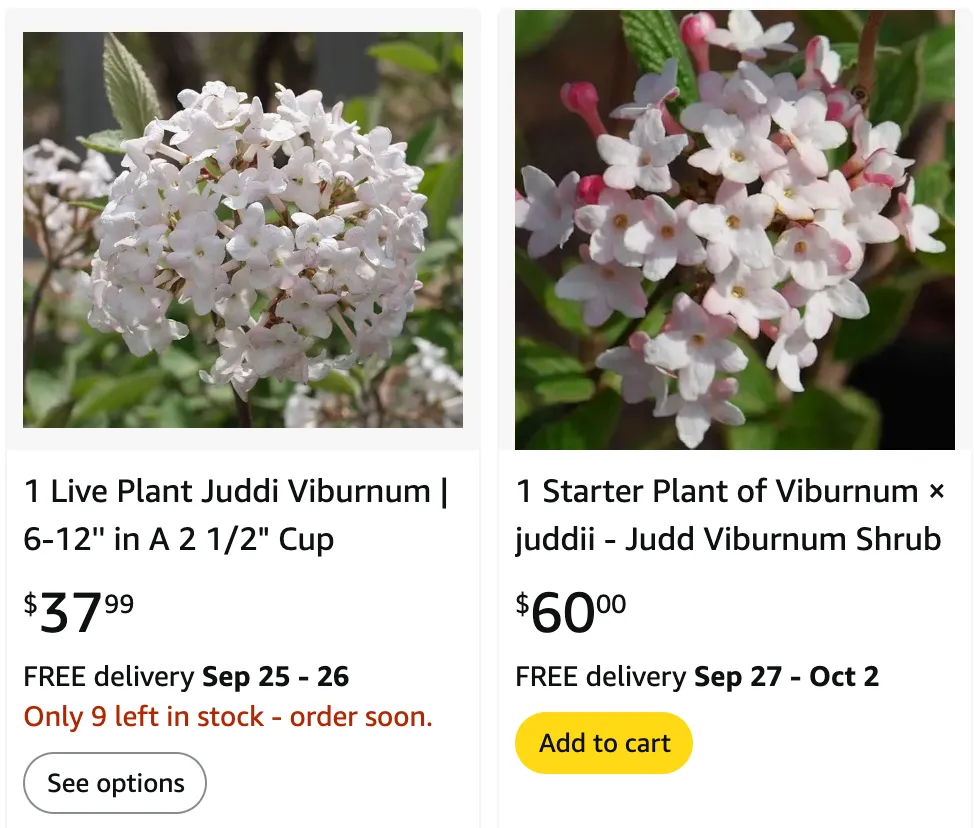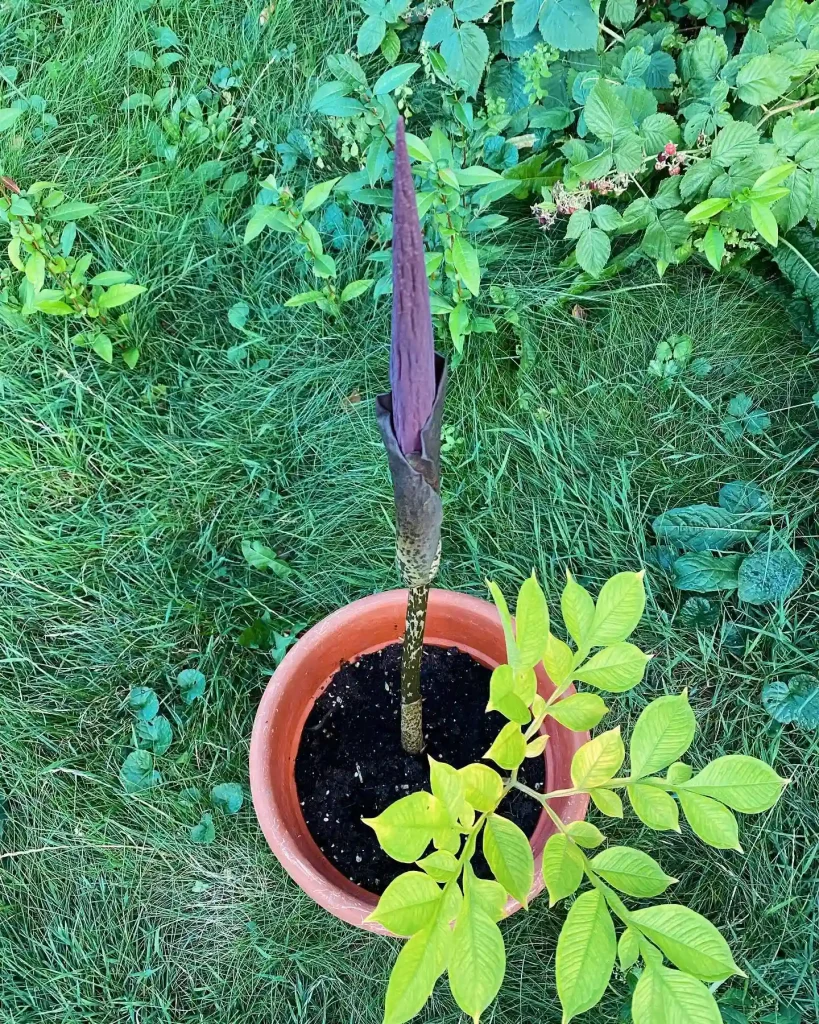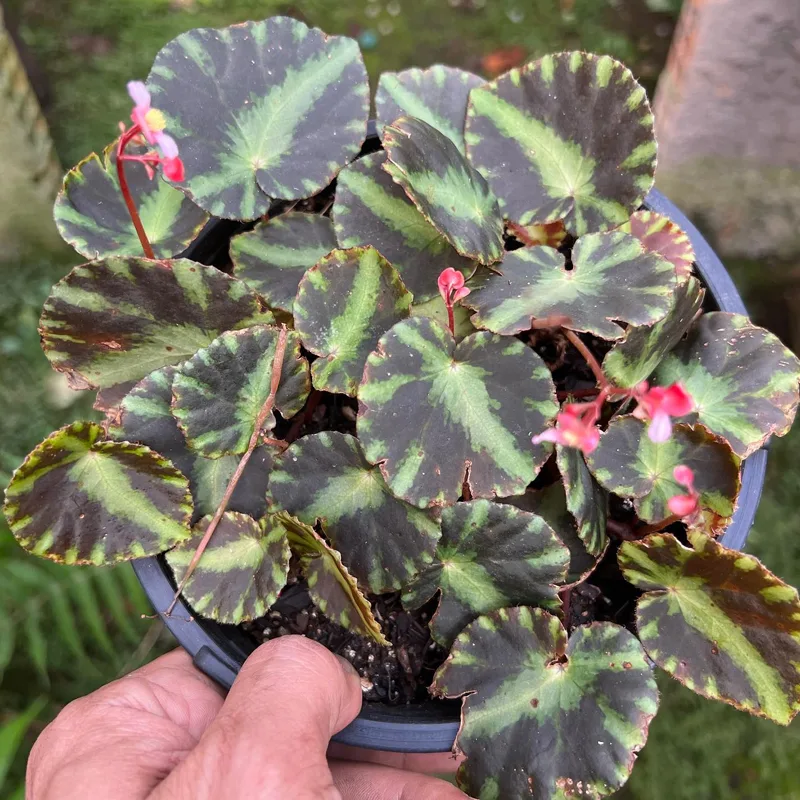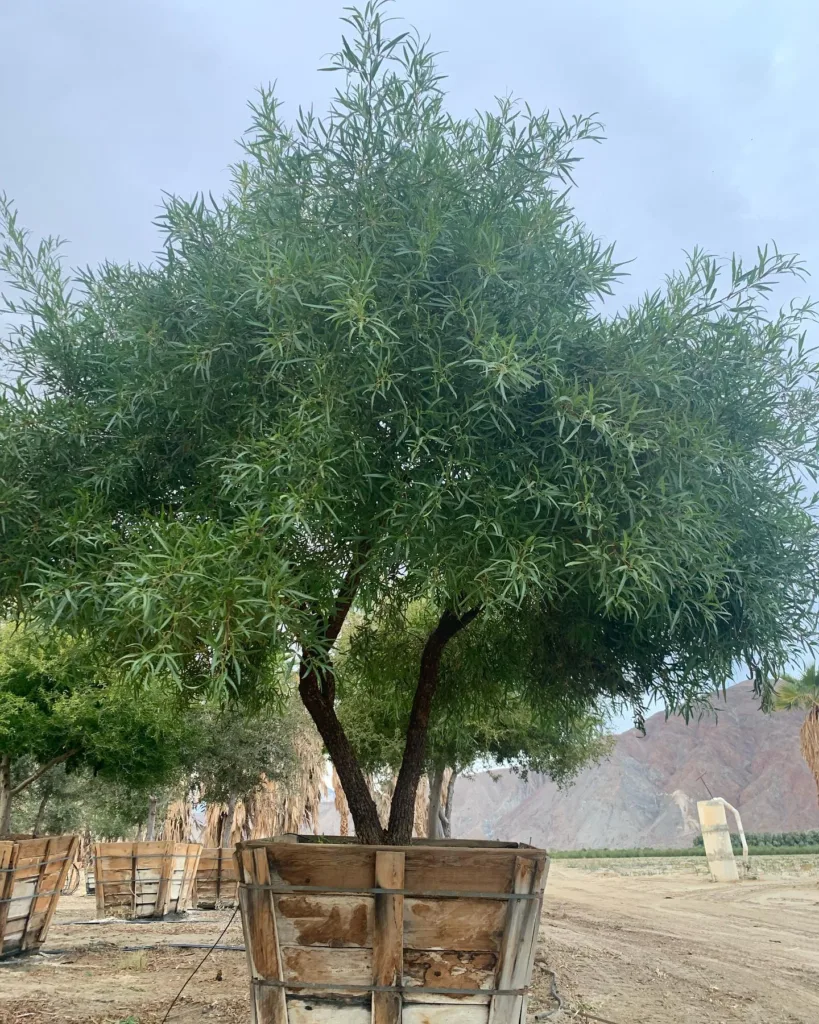
Frequently Asked Questions About Judd Viburnum
As an enthusiastic gardener and plant lover, I often find myself answering questions about the Judd Viburnum, a stunning shrub that has captured my heart. Here, I’ll address some of the most common questions I encounter, offering insights into this delightful plant.
206 Species in Genus Viburnum
What Does Judd Viburnum Look Like in the Winter?
Judd Viburnum, also known as Viburnum x Juddii, is quite attractive even in winter. During the colder months, the shrub maintains its foliage, which turns a deep, rich green. The leaves might become slightly leathery and take on a more subdued shade, but they remain a key feature. The most striking aspect in winter is the reddish, berry-like fruit that persists through the season, adding a splash of color to an otherwise stark landscape. These berries can attract birds, providing a bit of life and movement in the garden even in the depths of winter.
How to Care for Judd Viburnum?
Caring for Judd Viburnum is relatively straightforward. Here are some key points:
- Sunlight: This plant thrives in full sun to partial shade. Ideally, it should receive at least 4 to 6 hours of direct sunlight each day.
- Soil: Well-drained, fertile soil is best. While it can tolerate a range of soil types, ensure it doesn’t sit in waterlogged conditions.
- Watering: Regular watering is essential, especially during dry spells. However, avoid overwatering as this can lead to root rot.
- Pruning: Prune Judd Viburnum in late winter or early spring before new growth begins. This helps maintain its shape and encourages new, healthy growth.
- Fertilizing: A balanced, slow-release fertilizer applied in early spring will support its growth and flowering.
How to Propagate Judd Viburnum?
Propagating Judd Viburnum can be done through several methods:
- Cuttings: Take semi-hardwood cuttings in late summer or early fall. Dip the cut ends in rooting hormone and plant them in a well-draining potting mix. Keep the soil moist and place the pots in a shaded area until roots develop.
- Layering: Bend a lower branch to the ground, bury part of it in the soil, and secure it with a stake. Once roots form, you can cut the new plant from the parent and transplant it.
What to Plant With Judd Viburnum?
Judd Viburnum pairs well with various plants:
- Perennials: Hostas and astilbes complement its foliage and offer a pleasing contrast.
- Shrubs: Combine with other viburnum varieties for a diverse and textured garden bed.
- Groundcovers: Use plants like ajuga or creeping thyme to fill in spaces and create a lush ground cover.
Can You Grow Judd Viburnum Indoors?
Judd Viburnum is primarily suited for outdoor gardens. Its size and light requirements make it challenging to grow indoors. If you live in a colder climate and want to bring it indoors, consider using a large pot and placing it in a bright, sunny spot. However, it generally prefers outdoor conditions to thrive.
Is Judd Viburnum Toxic?
Judd Viburnum is not considered toxic to humans or pets. It is safe to have in gardens where children and animals play. However, it’s always a good idea to keep an eye on young children and pets to ensure they do not ingest any plant material.
Benefits of Judd Viburnum
Judd Viburnum offers several benefits:
- Ornamental Appeal: With its attractive foliage, vibrant berries, and pleasing flowers, it adds beauty to any garden.
- Wildlife Friendly: The berries attract birds, making it a valuable addition to bird-friendly gardens.
- Low Maintenance: Once established, it requires minimal care, making it ideal for busy gardeners.
Common Problems with Judd Viburnum
While Judd Viburnum is generally robust, it can face a few issues:
- Pests: Watch for aphids and scale insects, which can be managed with insecticidal soap or neem oil.
- Diseases: It can be susceptible to powdery mildew and leaf spot. Ensure good air circulation and avoid overhead watering to minimize these problems.
Judd Viburnum vs Korean Spice
Comparing Judd Viburnum with Korean Spice Viburnum (Viburnum carlesii) can help you choose the best fit for your garden:
- Appearance: Korean Spice Viburnum is renowned for its fragrant pink flowers that bloom in spring. In contrast, Judd Viburnum has less fragrant, but equally charming white or pale pink flowers.
- Size: Korean Spice typically grows to a height of 4 to 6 feet, while Judd Viburnum can reach up to 8 feet.
- Berries: Both shrubs produce berries, but Judd Viburnum’s berries tend to persist longer into winter.
Conclusion
Judd Viburnum is a versatile and attractive shrub that can enhance any garden with its year-round appeal. Understanding how to care for it, propagate it, and where it fits best in your landscape will ensure you get the most out of this lovely plant. Whether you are comparing it to other viburnums or simply enjoying its beauty, Judd Viburnum is a splendid choice for gardeners looking for a hardy and visually striking addition to their outdoor space.
If i die, water my plants!



